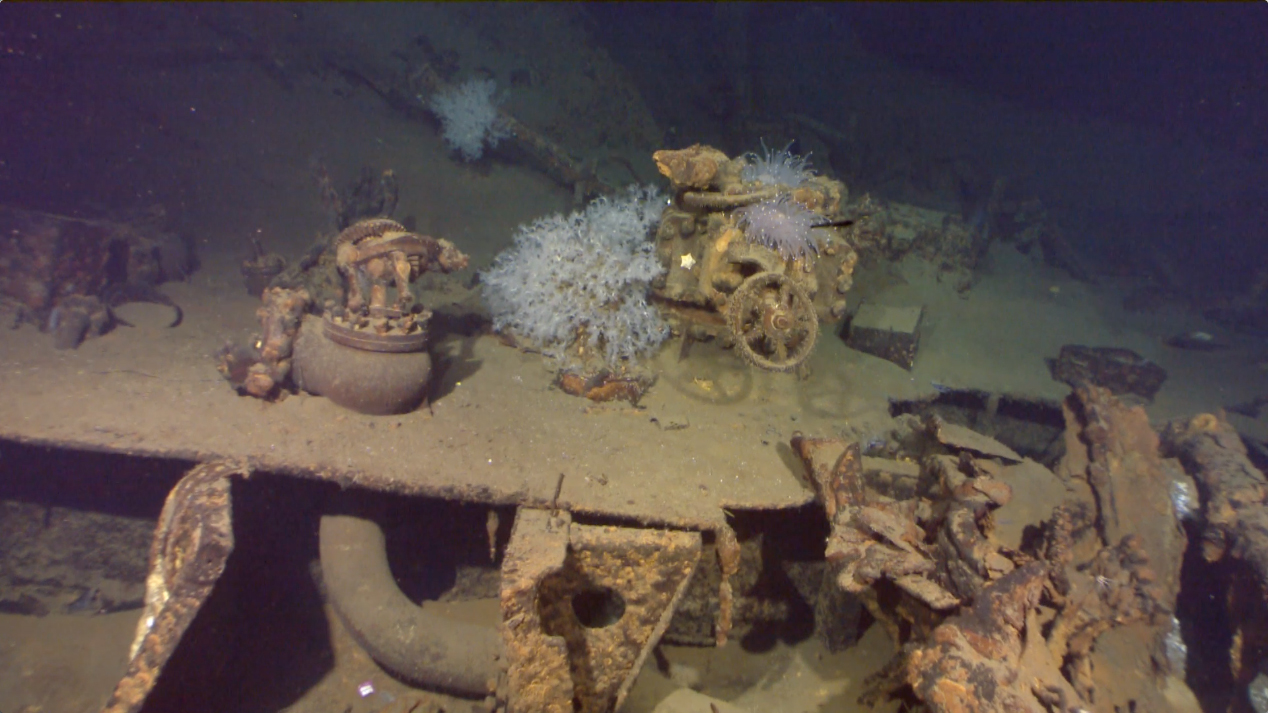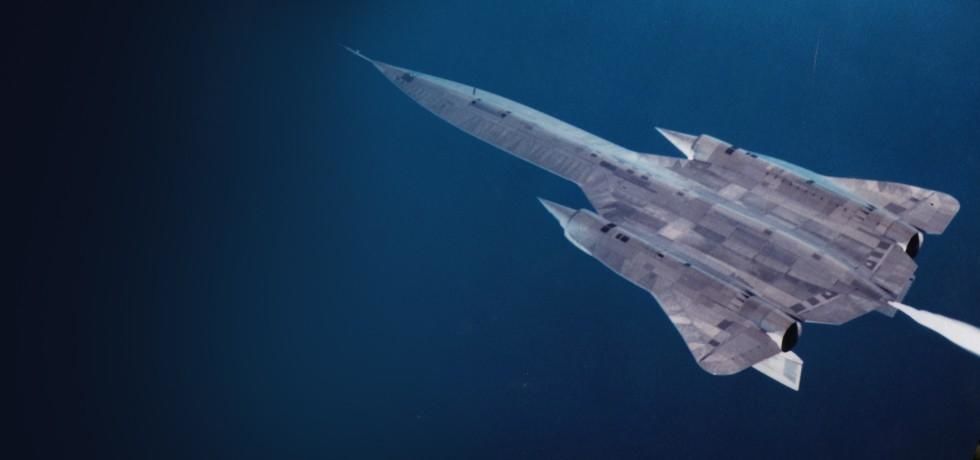

So Lundgren and colleagues are taking laser scans of their find-which are accurate to within 0.08 inches (2 millimeters)-more than enough to satisfy most researchers. With funding from the National Geographic Society/Waitt Grants Program, they are working this summer to complete their scans of the entire ship.īringing a ship out of the ocean is expensive, and it can cause significant harm to artifacts.
National geographic modern warships professional#
Rönnby, with help from Richard Lundgren-part owner of Ocean Discovery, a company of professional divers that assists in maritime archaeology work-and others, has been piecing together photomosaics and scanning the wreck to produce 3-D reconstructions.

Rönnby and his team want to leave the Mars on the seafloor and instead use three-dimensional scans and photographs to share the wreck with the world.

But never have they found something as well preserved as the Mars. And they've recovered pieces of actual ships, including the English flagship Mary Rose, which sank during a battle in 1545. Researchers have found cargo from early warships called galleons-slightly later iterations of the type of vessel the Mars exemplifies. The 1500s is an important period, he said, because it's when big three-masted warships started being built. "It's a missing link," said Rönnby, whose work is funded in part by a grant from the National Geographic Society's Global Exploration Fund. Naval historians know a lot about 17th-century ships, but very little about warships from the 16th century, said Johan Rönnby, a professor of maritime archaeology at Södertörn University in Sweden, who is studying the 197-foot-long (60 meter) wreck. Now, a few years after the ship's discovery, researchers have concluded that it is the best preserved vessel of its kind, representing the first generation of Europe's big, three-masted warships. In addition to browsing expeditions by year below, you can also browse expeditions by location or by topic.Īccess data collected during past expeditions via the NOAA Ocean Exploration Data Atlas.It was the largest and fiercest warship in the world, named the Mars for the Roman god of war: But it went up in a ball of flames in a brutal naval battle in 1564, consigning 800 to 900 Swedish and German sailors and a fortune in gold and silver coins to the bottom of the Baltic Sea.

For each expedition, you'll find information ranging from expedition plans and feature stories, to educational materials and expedition daily updates, videos, and images.Įxpeditions that took place prior to 2010 are archived here. Follow NOAA Ocean Exploration-supported expeditions, including those on NOAA Ship Okeanos Explorer, while they are underway or trace the activities and discoveries of past expeditions by clicking on the expedition-specific links below. We provide partnership coordination, funding, staff, tools, and expertise needed to develop mission plans that deliver rigorous, systematic observations and documentation of biological, chemical, physical, geological, and archaeological aspects of the ocean. NOAA Ocean Exploration supports research expeditions to explore previously unvisited areas of the ocean.


 0 kommentar(er)
0 kommentar(er)
